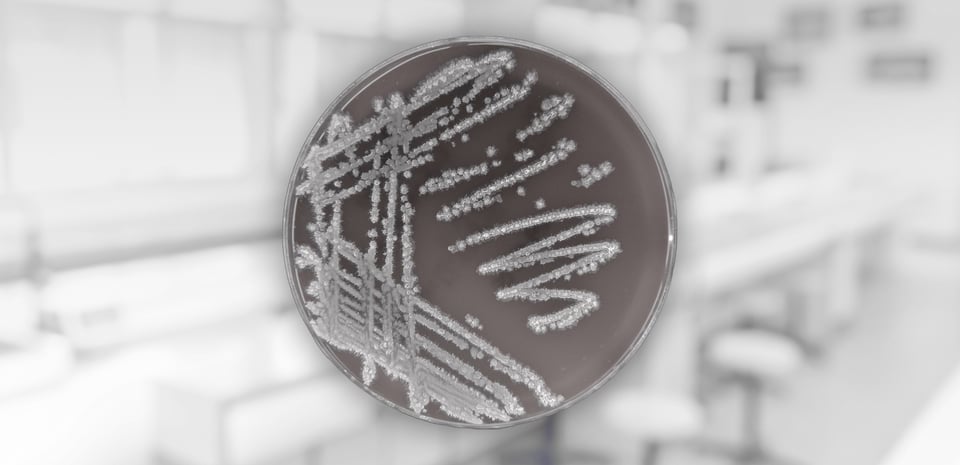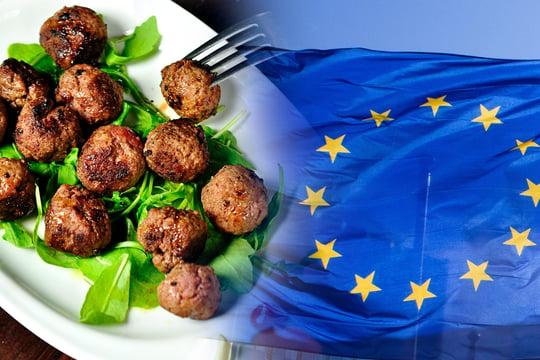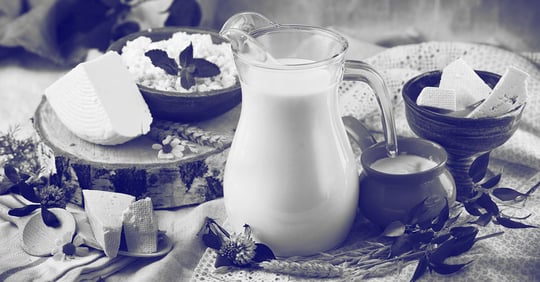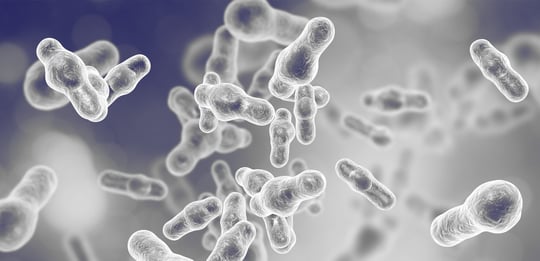
EFSA found no negative effects in relation to B. paralicheniformis. However, any B. paralicheniformis strains that produce bacitracin will not get QPS.
On July 7, 2021, EFSA published another Update of the list of QPS-recommended biological agents intentionally added to food or feed.
Five taxonomic units were assessed for the first time, one of them being Bacillus paralicheniformis, first isolated from the traditional Korean food kimchi (Dunlap et al., 2015). Bacillus paralicheniformis is closely related to Bacillus sonorensis and Bacillus licheniformis, and was previously often wrongly identified as B. licheniformis.
EFSA’s Panel on Biological Hazards (BIOHAZ) found no negative effects in relation to B. paralicheniformis. In addition, all strains classified as B. paralicheniformis are intrinsically resistant to erythromycin.
There should be an ‘absence of genetic information to synthesize bacitracin’
However, strains of B. paralicheniformis have been reported to produce bacitracin, and this may even be an important characteristic of the species (Du et al., 2019). The QPS status was recommended with the qualifications ‘absence of toxigenic activity’ and ‘absence of genetic information to synthesize bacitracin’.
B. paralicheniformis strains used in the food chain are therefore not QPS if genes for bacitracin biosynthesis are found in the genome. This will have an impact on a number of B. paralicheniformis-based products already on the market.
What are the implications?
A microorganism that gets QPS status means that it doesn't require full safety assessments. However, there are many non-QPS microorganisms or their products on the market. For B. paralicheniformis to have a bacitracin-absence qualification does not mean that it can't be used. It means that further risk assessment will be required. The risk assessment depends on the regulatory category of the product and its intended use.
In the case of products of fermentation, it would be necessary to show that the hazard linked to the characteristic of the production strain is not carried into the final product. Thus, the absence of bacitracin, as well as cells and DNA of the production strain in the final product may be required.
In the case of strains used as such, the situation is more complicated. A safety assessment of the product for humans and the environment may be needed, with a focus on bacitracin.
The problem with bacitracin
Some questions may help understand the context and the related risks. You should ask, for example, if the strain actually produces bacitracin during the fermentation or under the realistic conditions of use, considering that many secondary metabolite biosynthesis pathways are silent under most conditions.
If bacitracin is not produced, what would be the risks related to the biosynthesis genes of bacitracin?
Are there factors in the genome, which might facilitate the mobility of the biosynthesis operon?
Is bacitracin necessary for the efficacy of the product?
The worst-case scenario is that bacitracin biosynthesis needs to be inactivated using either conventional or modern mutagenesis, which could change the strain's beneficial characteristics or increase regulatory requirements.
Bacillus paralicheniformis products already on the market
We could speculate what happens to Bacillus paralicheniformis products already on the market or in the product development pipeline. Products requiring renewal of authorisation will be re-assessed and the question of bacitracin synthesis will need to be addressed. Some companies may react by halting the development of products based on B. paralicheniformis. We estimate that the QPS qualification will reduce the number of B. paralicheniformis products entering the market. Some products currently marketed as Bacillus licheniformis or Bacillus sonorensis may be affected.
Know your strain
When the taxonomic classification of a species changes, as in this case, or when new relevant information emerges, you can expect changes in the QPS list and qualifications. Our advice remains the same: you should be the best expert on the strain you have brought to the market. Know its characteristics and follow scientific literature about its safety. That will help you prepare for regulatory changes as well. Biosafe can help you select the right strategy and microbial testing process to get your product to market successfully.
Can your microorganism get QPS status?

Topic:







/Lopputuote/microbial-products-cell-cultivated-meat-2-biosafe-1920x1280.jpg?width=540&name=microbial-products-cell-cultivated-meat-2-biosafe-1920x1280.jpg)


